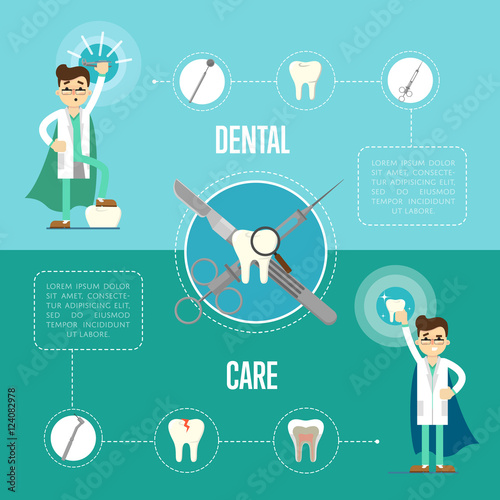The Development Of Oral Surgery: Cutting-Edge Innovations And Advancements Influencing The Area
The Development Of Oral Surgery: Cutting-Edge Innovations And Advancements Influencing The Area
Blog Article
https://www.prweb.com/releases/abs_dentistry_is_bringing_the_price_of_invisalign_down_to_3_950/prweb18427933.htm -Demir Dowd
Welcome to the world of oral surgery, where innovations and breakthroughs are forming the future of the area! In this interesting world, you'll witness the transformative power of robotics, the advanced wonder of 3D printing, and the game-changing influence of minimally invasive methods.
The future of oral surgery holds a guarantee of accuracy, effectiveness, and improved client results. With the help of advanced robotics, cosmetic surgeons are able to do complicated procedures with better accuracy and control.
3D printing modern technology is reinventing the production of dental implants and prosthetics, offering personalized solutions that fit flawlessly right into each individual's special anatomy.
Furthermore, minimally intrusive methods are reducing post-operative discomfort and healing time, permitting individuals to return to their daily lives quicker.
Get ready to check out the amazing developments and breakthroughs that are improving the landscape of dental surgery!
Developments in Robotics
One significant improvement in dental surgery is using robotic innovation, which permits exact and effective surgeries. With the help of robot systems, dental surgeons have the capacity to execute intricate surgical procedures with boosted precision, lessening the danger of human error.
These robot systems are geared up with advanced imaging modern technology and specific instruments that allow doctors to browse through intricate physiological frameworks with ease. By making use of robotic innovation, surgeons can accomplish higher medical accuracy, resulting in boosted individual results and faster healing times.
On top of that, making use of robotics in dental surgery permits minimally invasive treatments, minimizing the injury to surrounding tissues and advertising faster recovery.
3D Printing in Dental Surgery
To boost the area of dental surgery, you can discover the subtopic of 3D printing in oral surgery. This innovative innovation has the prospective to change the means oral specialists run and deal with people. Right here are 4 crucial ways in which 3D printing is forming the area:
- ** Customized Surgical Guides **: 3D printing allows for the production of extremely precise and patient-specific surgical guides, enhancing the precision and performance of procedures.
- ** Implant Prosthetics **: With 3D printing, oral specialists can develop customized dental implant prosthetics that flawlessly fit a client's distinct composition, leading to much better results and client contentment.
- ** Bone Grafting **: 3D printing enables the production of patient-specific bone grafts, reducing the demand for typical grafting techniques and improving healing and recovery time.
- ** Education and learning and Training **: 3D printing can be used to develop reasonable surgical versions for academic objectives, permitting dental surgeons to practice complex procedures prior to performing them on patients.
With sleep apnea dentist in austin to enhance accuracy, personalization, and training, 3D printing is an amazing growth in the field of oral surgery.
Minimally Intrusive Strategies
To additionally progress the field of dental surgery, accept the potential of minimally intrusive methods that can substantially profit both surgeons and individuals alike.
Minimally intrusive strategies are reinventing the field by minimizing medical injury, reducing post-operative pain, and accelerating the healing procedure. These strategies include using smaller sized cuts and specialized instruments to execute treatments with accuracy and effectiveness.
By making use of advanced imaging technology, such as cone beam calculated tomography (CBCT), surgeons can accurately intend and carry out surgeries with marginal invasiveness.
Additionally, the use of lasers in oral surgery permits accurate tissue cutting and coagulation, resulting in decreased blood loss and lowered healing time.
With minimally intrusive techniques, clients can experience quicker recovery, reduced scarring, and enhanced end results, making it a vital aspect of the future of oral surgery.
Conclusion
So, as you can see, the future of oral surgery is unbelievably promising, with interesting developments and advances forming the area.
From the advancements in robotics to making use of 3D printing and minimally invasive strategies, dental specialists are reinventing the method they supply treatment.
While some may worry about the possible expense associated with these innovations, it is essential to remember that these technologies ultimately improve individual results and lower healing time, making them well worth the investment in the long run.
